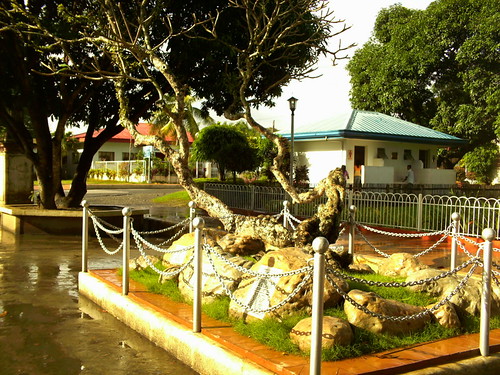 The historic province of Iloilo is known as the last Spanish territory in the Philippines and has been also considered as one if the most heavily hispanized regions in the country, like Manila and Cebu. The province boasts its majestic Spanish heritage like many of its centuries old colonial churches and mansions and so as its numerous traditions that has been preserved and still practiced for many generations.
The historic province of Iloilo is known as the last Spanish territory in the Philippines and has been also considered as one if the most heavily hispanized regions in the country, like Manila and Cebu. The province boasts its majestic Spanish heritage like many of its centuries old colonial churches and mansions and so as its numerous traditions that has been preserved and still practiced for many generations.In the Spanish regime, when the Hispanic government initiated the construction of roads, bridges, churches and other public buildings, a system called 'Polo Y Servicios' arose which stands for 'forced labor' and was practiced in almost every part of Spanish territory in the country. In the town of Cabatuan lies one of the few monuments of 'Polo Y Servicios' in the country. This monument is a centuries old calachuchi tree known to locals as the 'tree of Bondage'. The living monument was believed to have been where Indios (Native Filipinos) were tied and whipped as a punishment. This form of punishment was used during the construction of the great red brick Church and the town's public square in the early 1800's.
The tree of Bondage is indeed a unique monument, a tourist attraction that does not only represent a town but rather, a part of the great Filipino History that was untold for years.



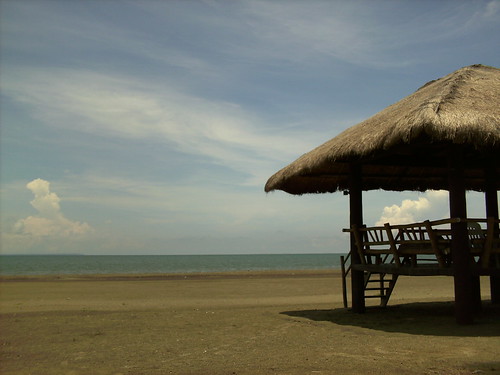



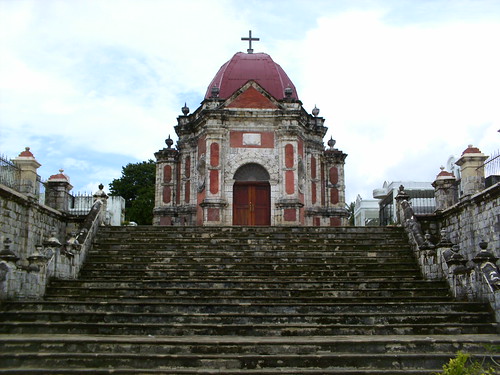
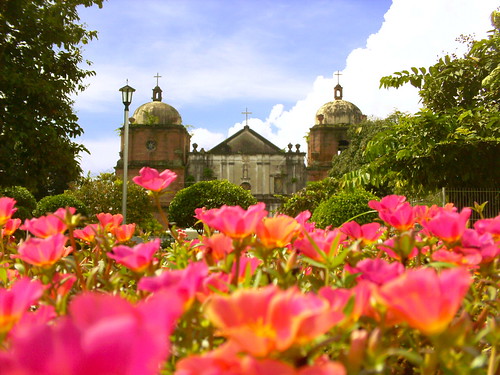
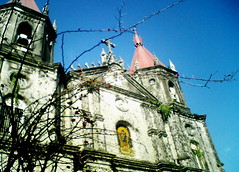
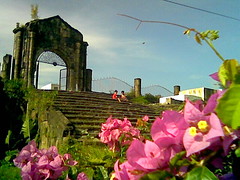

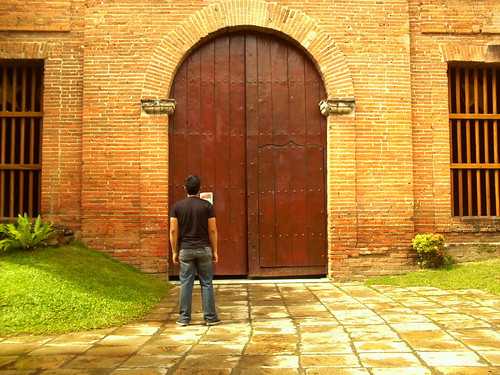

4 comments:
Wow! I cant believe that tree is till alive. If only trees could talk, just imagine the stories that they could tell
Hi, Giancarlo!
I've been catching up your blog and I find all your recent posts fantastic, but this one really impressed me the most! As a portuguese I am not proud at all about what my ancesters have done in all their colonies too, from Brasil to Africa or East-Timor...
I've been to the former slave market at Zanzibar, where portuguese, british, arabs, etc. were trading and believe me, I will never forget what those walls were still telling me...
Cheers!
Nice post about monument
Forced construction labor happened in other times and places, too. But since effort is seldom wasted, the cities and descendants of the ancient laborers still enjoy the fruits of the blood, sweat and tears of long ago.
Many still have daily use of the structures or earn tourist income from magnificent cathedrals, castles, palaces and other mute witnesses to forced labor.
Post a Comment